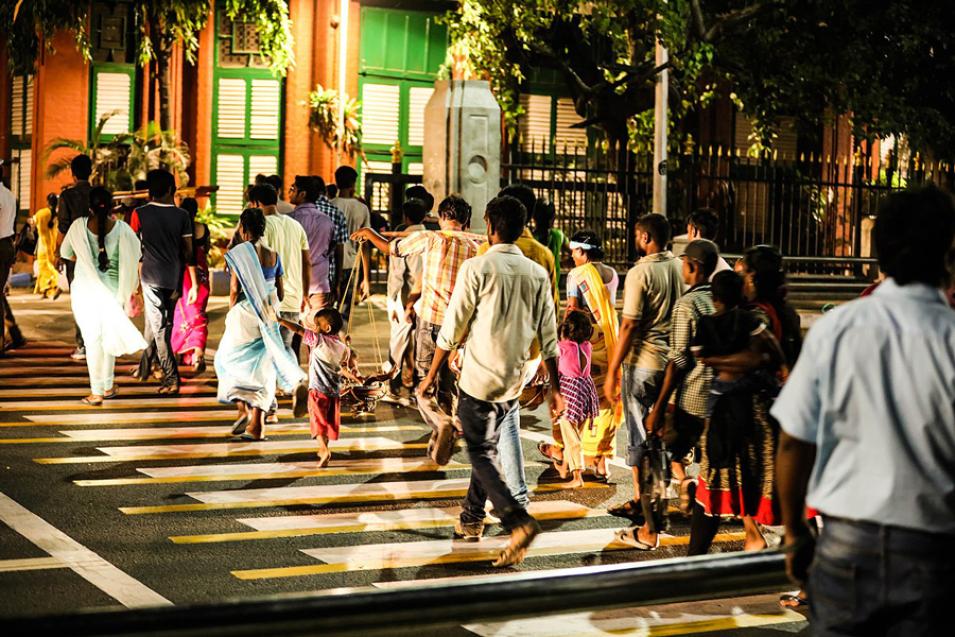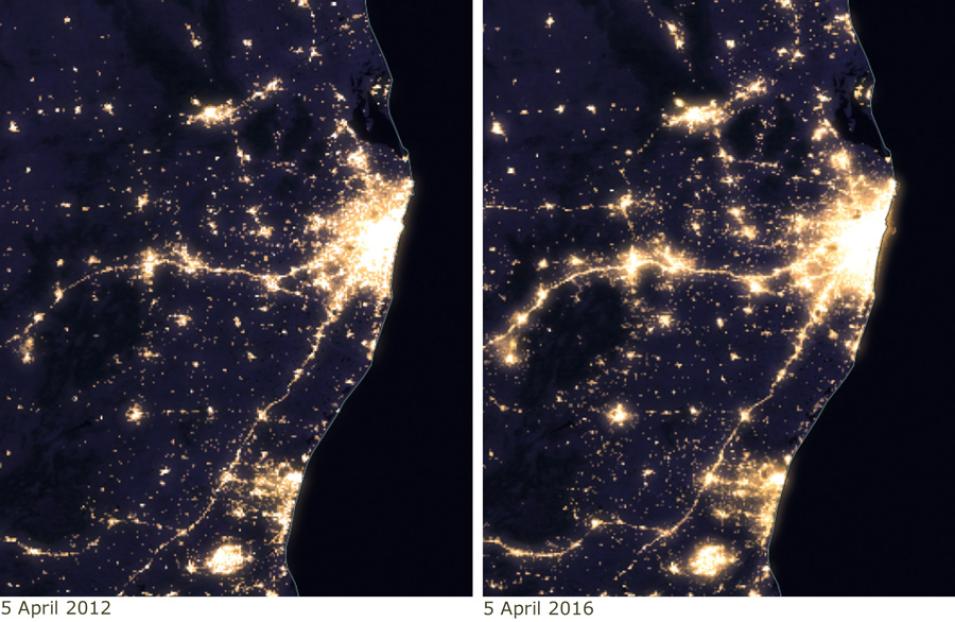Throughout the 20th century, familiar illnesses in India included communicable diseases such as malaria or typhoid, diseases affecting expectant mothers and newborns, and diseases stemming from inadequate nutrition. Shortly after the turn of the 21st century, the nation's disease burden shifted. Although communicable illnesses remain a daunting problem, the diseases most likely to cause disability and death now are noncommunicable, such as heart disease and diabetes.
In short, India has made what health experts call the epidemiological transition—from a state of high mortality among infants and children, and epidemics affecting all age groups, to a state of diseases affecting primarily older individuals, such as hypertension. One part of the country where this transition happened early is in the southern state of Tamil Nadu, and particularly in the state's capital city of Chennai (formerly Madras), along India's southeastern coast.
Mohan Thanikachalam, now based at Tufts University, was born in Chennai. He left home for medical training in the United States and returned a cardiac surgeon. Thanikachalam came home to a changed hometown facing a different set of health risks, similar to what doctors see in developed nations. He soon realized that, though surgical intervention can save a life, Chennai needed a public-health intervention to save many lives. Such an intervention would need data. "With cardiovascular disease, most of the data come from the United States or Europe," Thanikachalam said. "India has a completely different population." Heart disease and diabetes are often related to obesity. "But the population in India, at least the people I saw, they were not necessarily obese, so I was really surprised to see the extent of diabetes," he said.
No one has all the answers as to why India's population has seen such a rapid increase in lifestyle disease, but something else has happened over roughly the same time period: urbanization. According to the World Bank, in 1960, India's urbanites comprised just under 18 percent of the country's population; in 2016, that number had climbed to over 33 percent. With a total population of over 1.3 billion, India now has an urban population of over 400 million. That is more than the entire population of the United States. Thanikachalam's hometown of Chennai currently has more than 7 million residents, and it is projected to top 10 million by 2030.



